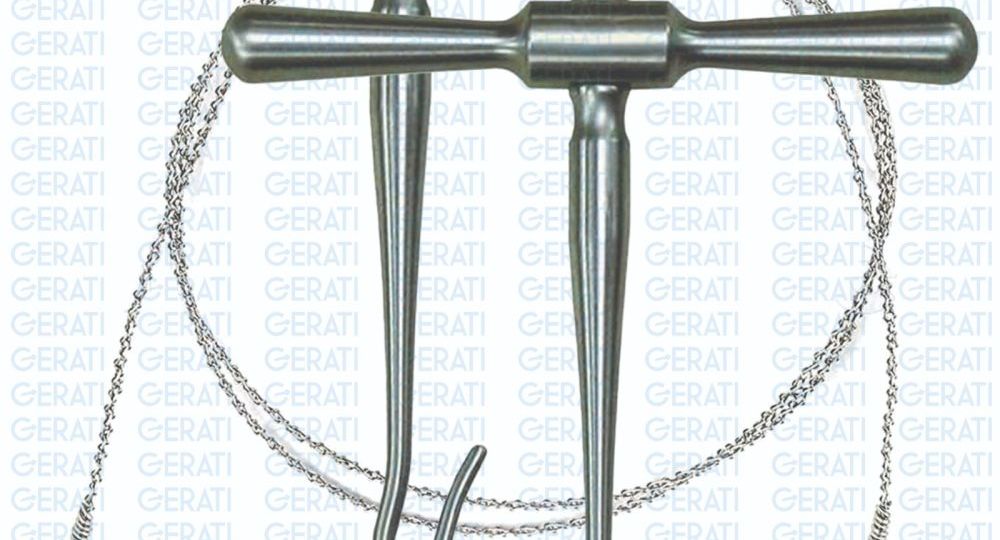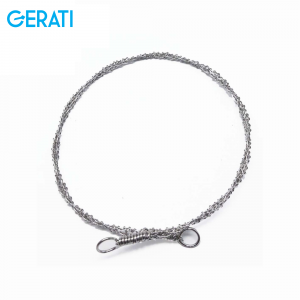
gigli Wiresaw: frequently asked questions
Here are some of Gigli Wire Saw Frequently asked questions (FAQs) about the Gigli saw, particularly in the context of its use in neurosurgical and orthopedic procedures:
A list of Gigle Wire Saw Frequently Asked Questions:
What is a Gigli Wire saw?
A Gigli wire saw is a type of surgical instrument used primarily in neurosurgery and orthopedics for cutting bone. It consists of a flexible, twisted wire designed to make precise cuts.
How does a Gigli saw work?
One of the important gigli wire saw frequently asked question is about its working. The saw works by using a back-and-forth motion to cut through bone. The twisted wire has loops on both sides and these are attached to handles at both ends, allowing the surgeon to control the cutting process.
What are the common uses of a Gigli saw wire in surgery?
It is commonly used in procedures such as craniotomies (to remove a section of the skull) and in orthopedic surgeries, including amputations and bone resections.
Why is a Gigli saw preferred in certain surgeries?
The Gigli saw is preferred because it allows for precise cuts with minimal bone trauma, is easy to handle in difficult and small spaces, and can cut curved surfaces effectively.
What are the advantages of using a Gigli saw?
Advantages include its lightweight and flexible design, cost-effectiveness, ability to cut with precision, and reduced risk of bone splintering.
How do you use a Gigli wire saw?
The saw is used by attaching handles to both ends of the wire. The wire is then positioned around the bone to be cut, and the handles are moved back and forth to saw through the bone.
What materials are Gigli saws made from?
They are typically made from high-quality stainless steel wire, which is durable, flexible, and resistant to corrosion.
How do you sterilize a Gigli saw?
The saw can be sterilized using standard surgical sterilization methods, such as autoclaving. Proper cleaning and sterilization are essential to maintain hygiene and performance.
What sizes and lengths do Gigli saws come in?
Gigli saws are available in various lengths and wire diameters to accommodate different surgical needs. Common lengths range from 30 cm to 50 cm or more.
Can Gigli saws be reused?
While many Gigli saws are designed for single use to ensure maximum sharpness and sterility, some may be reusable if they are properly sterilized and maintained.
Where can I buy a Gigli saw?
Gigli saws can be purchased from medical supply companies, surgical instrument manufacturers, and specialized online retailers.
Are there any risks associated with using a Gigli saw?
As with any surgical instrument, there are risks, including potential injury to surrounding tissues if not used properly. Proper training and technique are essential to minimize risks.
What is the cost of a Gigli saw?
The cost varies depending on the brand, quality, and specific features. Prices can range from a few dollars for basic models to higher prices for advanced or specialized versions.
How do I choose the right Gigli saw for my needs?
Consider factors such as the specific surgical application, length and diameter of the wire, and any additional features or accessories that might be required.
What are the key differences between a Gigli saw and other surgical saws?
Unlike powered oscillating saws, the Gigli saw is manually operated, offering greater control and precision in certain scenarios. It is also more versatile for use in tight or curved spaces.


